
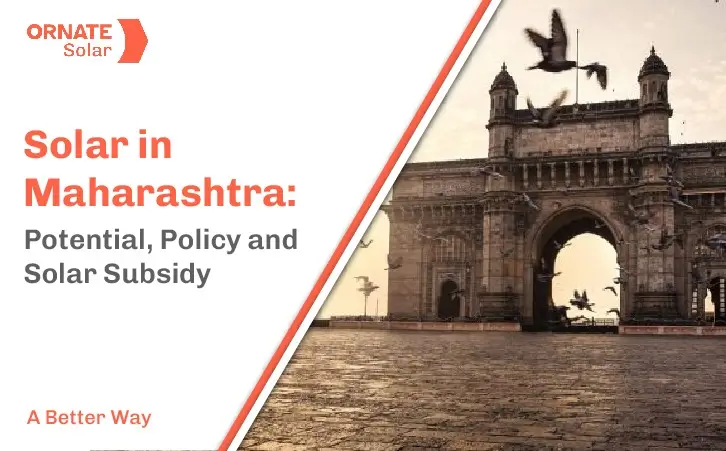
In terms of infrastructure, industry, and residential and commercial construction, Maharashtra has experienced significant growth. The only way to meet the state’s growing energy demands is to harvest and produce power using solar energy.
And, the state government’s focus on clean energy initiatives is evident from their recent initiatives.
Solar Subsidy in Maharashtra
Solar consumers from Maharashtra can avail for Central Financial Assistance, under the recently launched PM Surya Ghar Yojana. To apply for the solar subsidy, consumers need to submit their application through the National Portal for Rooftop Solar. Once the solar installation is complete and all regulations are met, the subsidy amount will be directly transferred to the consumer’s bank account.
Maharashtra does not offer a separate solar subsidy.
The details are as follows:
| Capacity | Subsidy |
|---|---|
| Up to 2kWp | ₹30,000/kW |
| 3kW | ₹78,000 |
| Above 3kW | ₹78,000 (fixed) |
The CFA is available to all residential consumers installing rooftop solar systems. If space is a limitation, consumers can also opt for solar panels on balconies, terrace, or BIPV solar and avail the subsidy.
Renewable Energy Policy in Maharashtra
On December 31, 2020, Maharashtra launched the Non-Conventional Energy Generation Policy 2020, which will be in effect till March 31st, 2025.
Maharashtra’s Integrated Non-Conventional Energy Generation Policy 2020 went into effect on December 31, 2020, and will last until March 31, 2025. In terms of solar, the strategy aims to add 12.9 GW to the currently existing 1.9 GW7 by FY25. As a result of this capacity development, the state will shift from being dominated by the wind to being dominated by solar energy.
The policy aims to develop almost 13 GW of solar capacity in the state by 2025. It will be implemented by Maharashtra Energy Development Agency (MEDA) and includes the following measures:
• The state plans to distribute 100,000 agricultural pumps annually to farmers over the next five years to support agricultural activities.
• Maharashtra will provide solar power connections to 10,000 houses every year, focusing on reducing power outages and promoting clean energy sources.
• The state will also invest in transmission-free projects such as :
– 2,000 solar water supply stations
– Electrification of 10,000 rural homes
– Microgrid projects for 20 homes
– 55,000 square feet of solar water/solar cooking systems
– 800 solar cold-storage projects
The Potential of Solar in Maharashtra
The state of Maharashtra experiences around 250-300 days of sunny weather and an irradiation of 4 to 6 kWh/sq. meter. As per official sources, harnessing this resource through solar photovoltaic systems can aid Maharashtra in generating 1.5 million units/MW/year.
The current installed renewable energy capacity of Maharashtra is 20.6 GW. Out of this capacity, solar accounts for about 44% (8.9 GW).
Moreover, Maharashtra is leading in terms of open-access solar installations. According to a new Mercom report, Maharashtra has the second-highest open access installed capacity in India.
The reason for the growth of solar in the state can be traced back to government initiatives.
In August 2024, Maharashtra’s rooftop solar installations, fuelled by the Pradhanmantri Suryaghar Muft Bijali Yojna, crossed the 100 MW threshold.
In the same month, the state also got its first solar village in the Satara district. Maharashtra is also now home to India’s first fully solar-powered reserve in India, the Pench Tiger Reserve.
In March 2024, the state government also announced plans to supply 12 hours of uninterrupted solar power to farmers in the daytime. To achieve this goal the state has awarded tenders to 95 organizations for the installation of 9 GW solar capacity.
Due to the favourable policy climate, SJVN, a massive power corporation, is also developing a 200 MW solar project in the state at an investment of 1000 crores.
Types of Solar Solutions You Can Opt for in Maharashtra
- Rooftop Solar: Solar panels installed on the roof of your home or building to utilize unused space; ideal for residential and small commercial setups.
- Elevated Solar Solution: Ojas elevated solution can be set in just 4 hours, without the need for welding. It is suitable for carports, pergolas, agricultural land, terrace gardens and lounges, etc.
- Ground Mounted Solar: Solar panels installed directly on the ground, suitable for properties with ample land; perfect for large-scale industrial or commercial use.
- InRoof Solution: Unique integrated solution where solar panels become the primary roof, eliminating the need for metal roofing. InRoof is leakproof, efficient, and aesthetically pleasing. Suitable for all types of industrial buildings like factories, warehouses and even office spaces.
Ornate Solar successfully installed a 641kW InRoof system spanning 39,000 sqft for Nhava Sheva Port which is India’s second-largest container port. The system will generate approximately 1100 MWh of energy annually, offsetting over 23,000 tons of CO2 emissions.
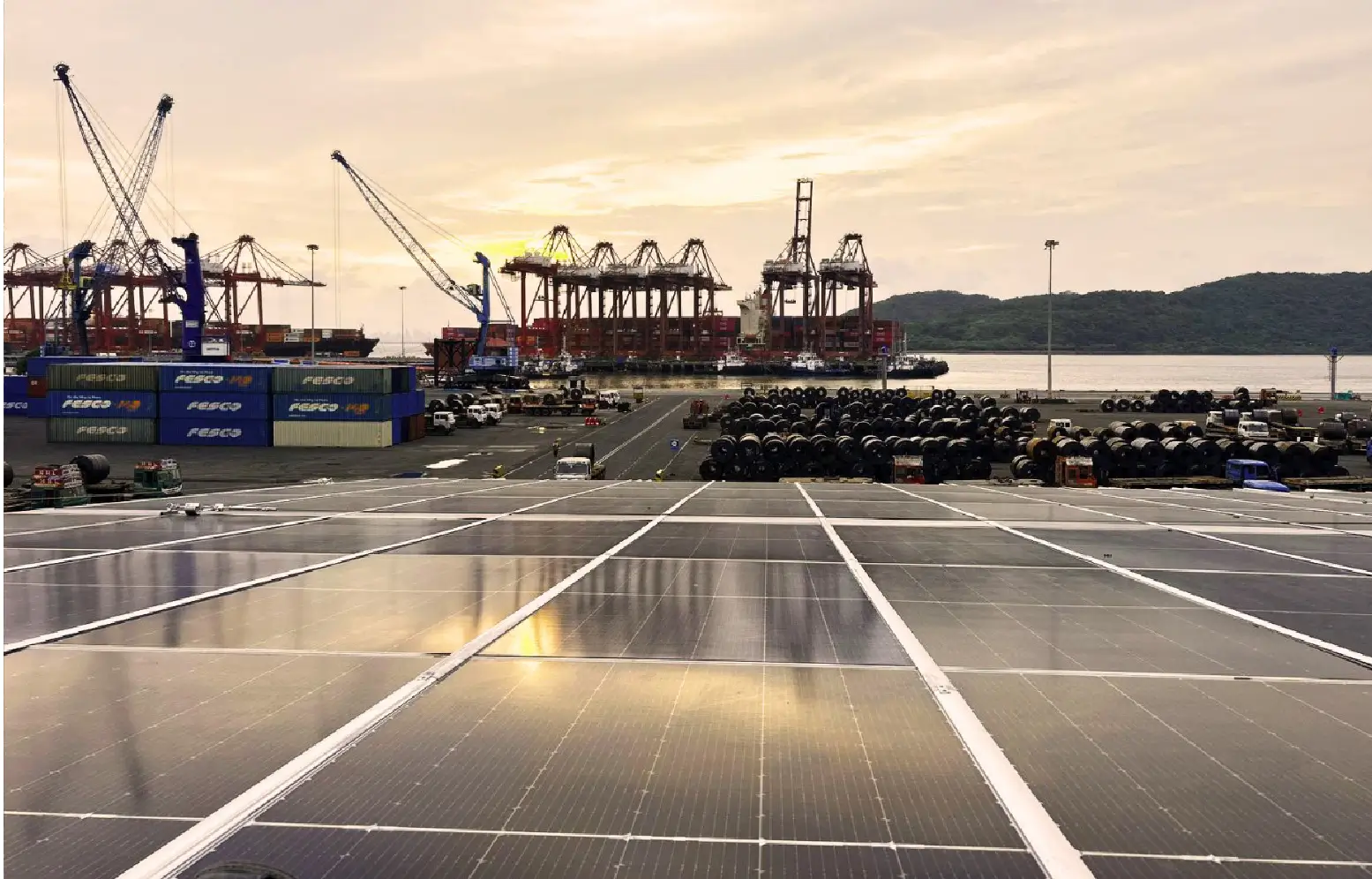

Supplied by Ornate Solar
| Company | Location | Size |
|---|---|---|
| Wika Instrument India Pvt. Ltd. | Pune | 260 kW |
| Rishi Fibers Pvt Ltd | Aurangabad | 386 kW |
| Receding Water Resort LLP, | Nashik | 163 kW |
| Reddy Construction | Latur | 187 kW |
| Rotex Manufacturers And Engineers | Navi | 303 kW |
| Kinetic Engineering Limited | Ahmednagar | 1.9 MW |
| Jay Shree Solvex Pvt. Ltd. | Nagpur | 500 kW |
How Can We Help?
Ornate Solar is India’s leading solar company with 10 years of experience. By partnering with the best-in-class global solar brands, we bring the most reputed solar panels, solar inverter, and solar accessories to you and make your shift to solar cost-effective and easy.
We have also developed India’s first Integrated Rooftop Solar system- which turns solar panels into the roof and eliminates the need for sheet roofing.
We deliver across India.
For more information, please give us a call at 18002026252.
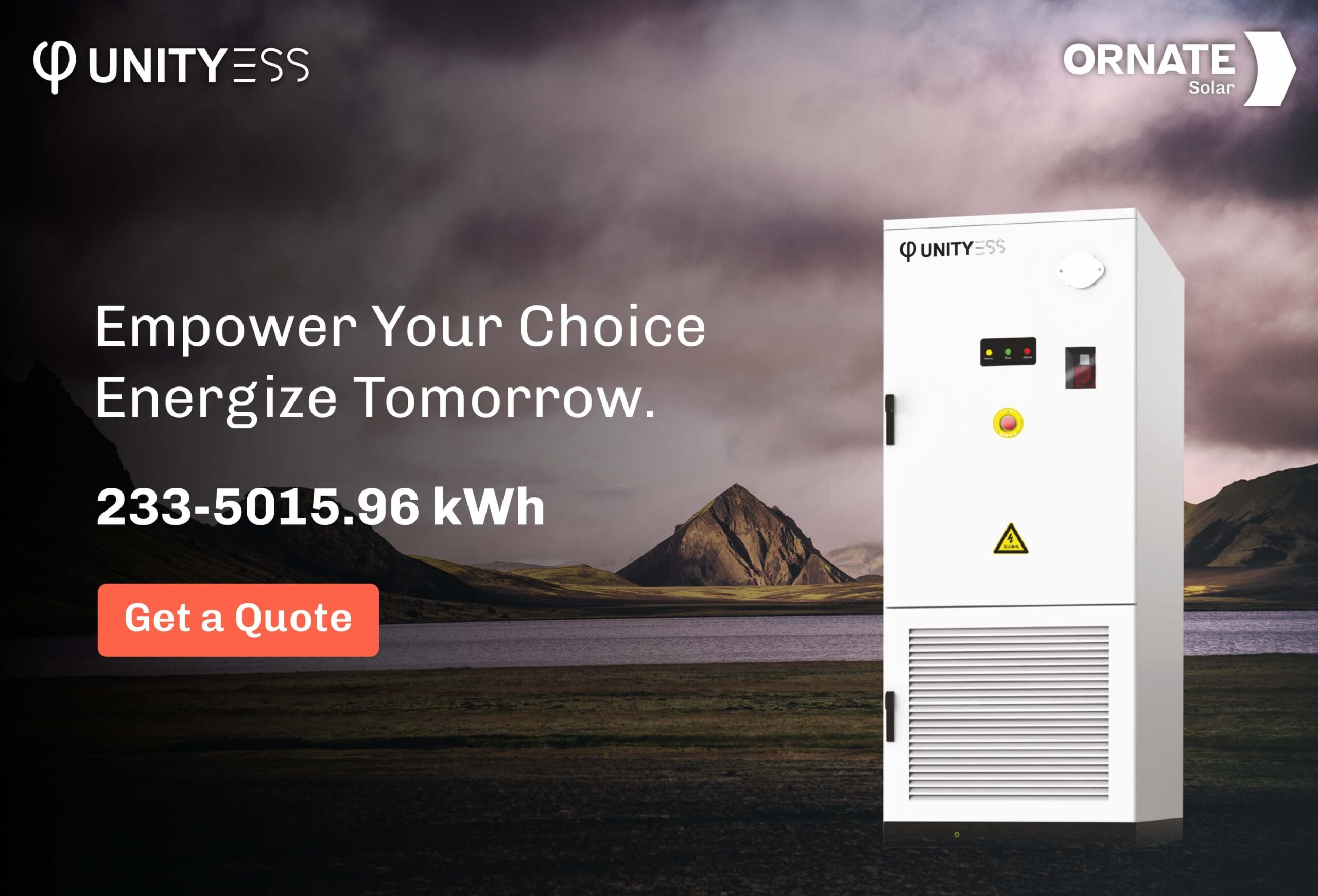



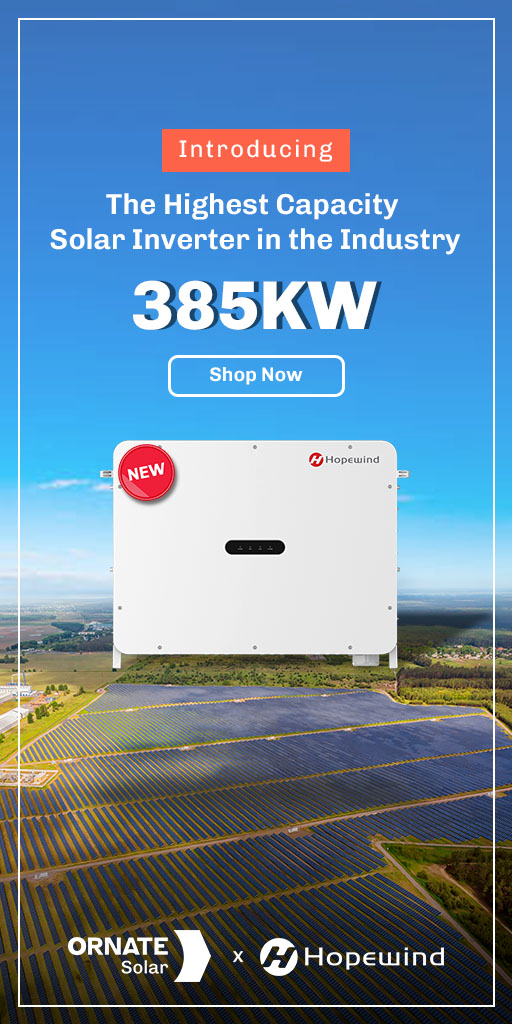




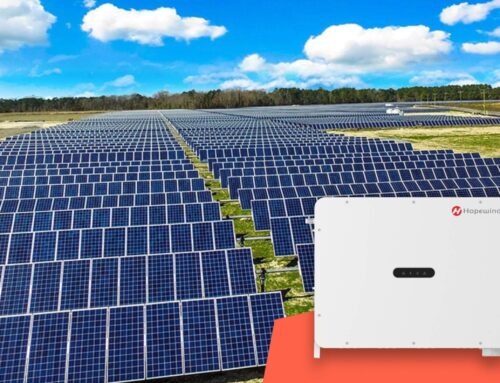
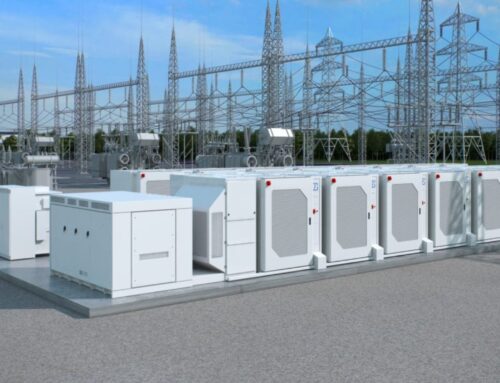
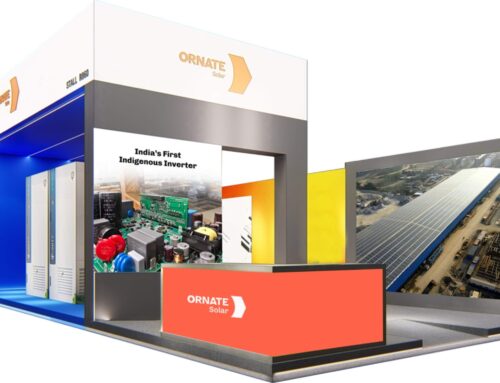
Can i get the policy and subsidy on solar of maharashtra state
I have no knowledge about solar installations. But being a society committee member, I have started talking interest. We are interested for our society.iIs there any subsidy?
Hello Shashikant, thank you for connecting with us. Kindly share your contact details, and our sales representative will help you better.
Also, you can get in touch with us @ 011-4353 6666
I am a consultant in solar .
I have 4 clients who are willing to install invest in SOLAR of 1 MW 3 no.and 5 MW one no…..should we go in for solar park or individual. What are the OA cost and what are EPC per one MW.
pl tell me how can you help me out
Hello Nitin, thank you for connecting with us. Kindly share your contact details, and our sales representative will help you better.
Also, you can get in touch with us @ 011-4353 6666.